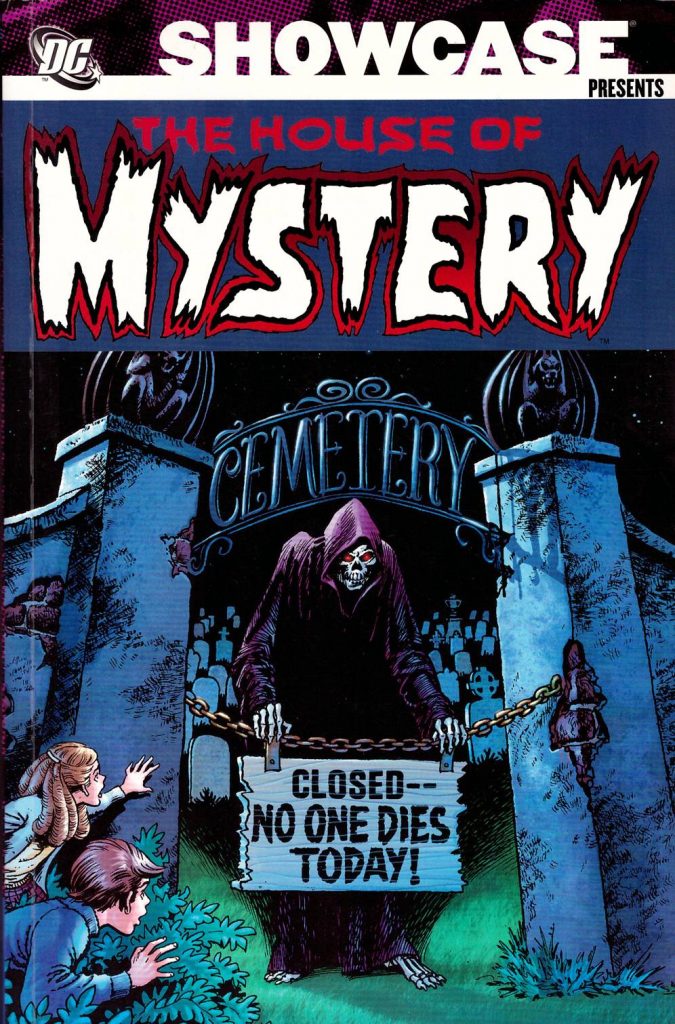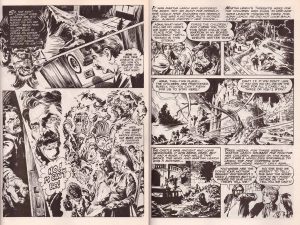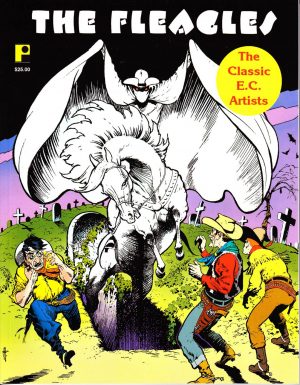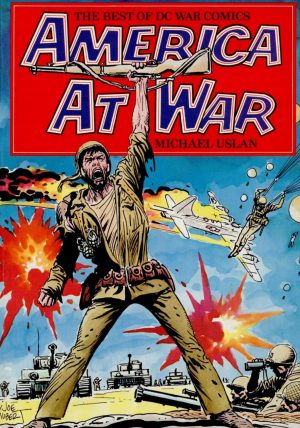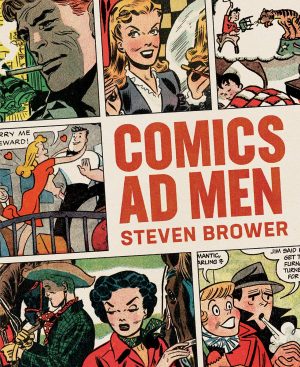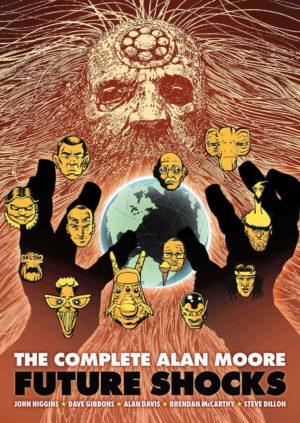Review by Frank Plowright
Another stunningly evocative Nick Cardy cover graces another collection of magnificent art, Cardy this time also contributing internally, albeit via older material. Continuing from Volume 1, this reprints House of Mystery’s content from 1971 to 1973. It’s a period where more and more artists from the Philippines are used, but editor Joe Orlando is still discovering new homegrown talent. Michael Wm. Kaluta would go to become an all-time great, while Bill Payne (sample art left), at this stage even more astonishingly talented, is a name barely known. One strip credited to George Tuska is surely actually early work from Jim Starlin. Pages from Neal Adams, Jim Aparo, Gil Kane, Gray Morrow, Ralph Reese, Alan Weiss, Wally Wood and Bernie Wrightson feature, while the ability of Sergio Aragonés to compress a complex wordless gag into a single panel is remarkable.
It’s the Filipino artists who come to dominate over the final half of these 550 pages, though, every single one of them a craftsman. Alfredo Alcala, E.R. Cruz, Tony De Zuniga, Rudy Nebres, Alex Niño, Gerry Talaoc and Ruben Yandoc all contribute at least one strip, and while Niño remains a true original, it’s Nestor Redondo (sample art right) whose work is the most refined. He’s exemplary with layouts, expressions and action.
While the art is of a consistently high standard, unfortunately the same still can’t be said of the writing, with the veteran Jack Oleck responsible for far more scripts than anyone else. It’s only the occasional strip by a then contemporary writer that stands out. Archie Goodwin and Mike Sekowsky adhere to all the Hammer horror clichés, yet still surprise, John Albano’s invention is generally a cut above, collaborating with Redondo, Jim Aparo and Sam Glanzman, and two Steve Skeates stories are notable. A glimpse into the future drawn by Spaniard Adolfo Buylla is good, but Sergio Aragonés illustrating absurdist joy ‘The Poster Plague’ supplies the right tone leading to a great ending. Two further Skeates stories are nicely drawn by Alcala and Yandoc, but are more in keeping with the writing’s general predictable tone. It should be mentioned that the anonymous writers responsible for stories reprinted from the 1950s and 1960s are generally more successful in perpetuating a curious mystery, if not tension, than the 1970s features. These are well chosen, and with art from Bernard Baily, Jack Kirby, Ruben Moreira, John Prentice, Leonard Starr and Alex Toth we’re still seeing masters at work, and the Mort Meskin illustrated telescope tale, and Gene Colan’s of a bomb are gems.
In 2019 DC finally issued a colour Omnibus volume of these artistic treasures, combining them with those found in the first volume in oversized full colour. However, that comes with an equivalent price, meaning these Showcase Presents compilations should remain desirable items. The printing and reproduction is better quality than many of Marvel’s equivalent Essential volumes, and to many eyes most of the art will look better in black and white than it does in the original comics with basic 1970s colour.
